In the intricate dance of life on Earth, photosynthesis stands as nature's grand alchemy—transforming sunlight into chemical energy that sustains nearly every living organism. Yet this remarkable process has its limits. The concept of photosynthetic saturation reveals a fascinating threshold where more light no longer equates to more growth, exposing the delicate balance between energy capture and biological constraints.
Leaves are solar panels perfected by evolution, but unlike human-made devices that linearly increase output with input, biological systems plateau. When photons flood chloroplasts beyond a certain intensity, the photosynthetic machinery becomes overwhelmed. The light-dependent reactions hit a ceiling where additional photons are either dissipated as heat or re-emitted as fluorescence—a phenomenon measurable by scientists studying plant stress. This saturation point varies across species; shade-adapted plants reach it far sooner than their sun-loving counterparts, reflecting adaptations to their native environments.
What happens in that critical moment of saturation involves intricate biochemistry. The Calvin cycle can only process a finite amount of the ATP and NADPH generated by light reactions. Like factory workers unable to keep pace with an overwhelming conveyor belt, enzymes like RuBisCO become bottlenecks. Surprisingly, this enzyme—accounting for up to 50% of leaf protein in some plants—operates with frustrating inefficiency, frequently binding with oxygen instead of CO₂ in photorespiration, a wasteful process exacerbated by high light intensity.
Field researchers have documented surprising adaptations to saturation. In tropical canopies, emergent trees like kapoks exhibit dynamic photoinhibition, temporarily downregulating photosynthesis during midday sun to prevent damage. Meanwhile, crop scientists grapple with this limit through selective breeding—wheat varieties with altered canopy architectures distribute light more evenly across leaves, pushing the saturation threshold higher and boosting yields.
The implications extend beyond agriculture. Climate models incorporating photosynthetic saturation effects predict altered carbon sequestration patterns as atmospheric CO₂ rises. While increased CO₂ can partially alleviate saturation by improving RuBisCO efficiency, parallel temperature rises may counteract these gains through enhanced photorespiration. This delicate interplay underscores why tropical forests, despite occupying just 7% of land area, account for over 30% of global photosynthesis—their consistent climate keeps plants operating near optimal light levels without frequent saturation.
Technological solutions emerge from understanding these limits. Vertical farms using pulsed LED lighting can maintain photosynthesis near peak efficiency without oversaturating plants, reducing energy use by 40% compared to continuous lighting. Similarly, algae biofuel researchers design photobioreactors that swirl cultures through alternating light and dark zones, mimicking nature's way of preventing saturation while maximizing productivity.
Perhaps most intriguing are the evolutionary echoes within this phenomenon. Ancient cyanobacteria, the architects of Earth's oxygen atmosphere, faced saturation challenges in shallow Precambrian seas. Their solution—developing photoprotective pigments—paints our planet with the vibrant colors of autumn leaves today as modern plants continue this billion-year-old defense against too much of a good thing.
As research continues, from quantum-level studies of exciton transfer in chloroplasts to global-scale eddy covariance flux measurements, photosynthetic saturation remains a powerful reminder that even nature's most perfected processes have boundaries. In an era of climate change and population growth, respecting these biological limits while ingeniously working within them may hold keys to our sustainable future.
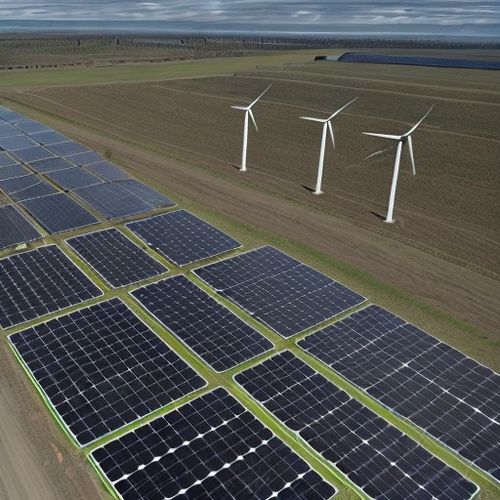
By Megan Clark/Apr 19, 2025

By Thomas Roberts/Apr 19, 2025
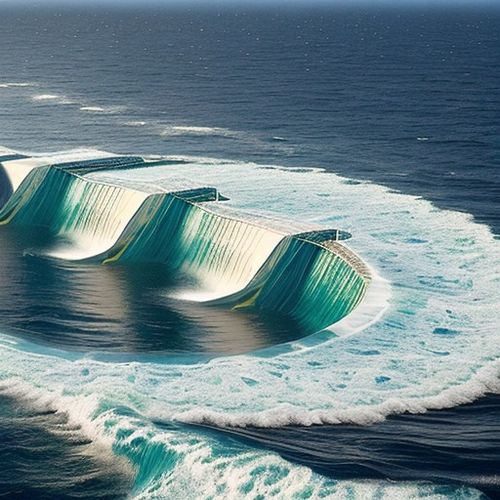
By Thomas Roberts/Apr 19, 2025
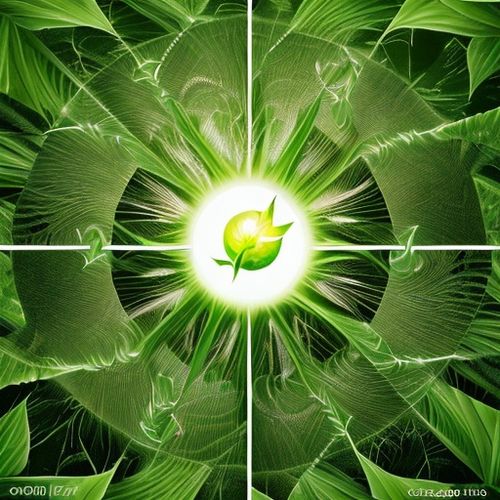
By Emily Johnson/Apr 19, 2025

By Samuel Cooper/Apr 19, 2025

By Samuel Cooper/Apr 19, 2025
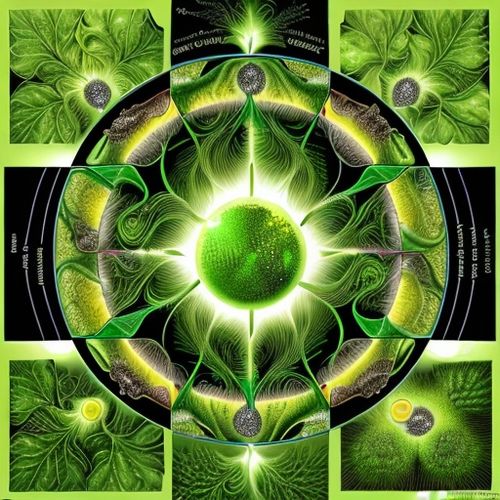
By George Bailey/Apr 19, 2025

By Joshua Howard/Apr 19, 2025
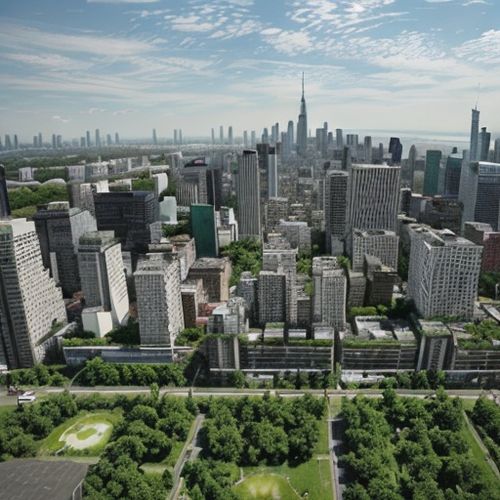
By William Miller/Apr 19, 2025
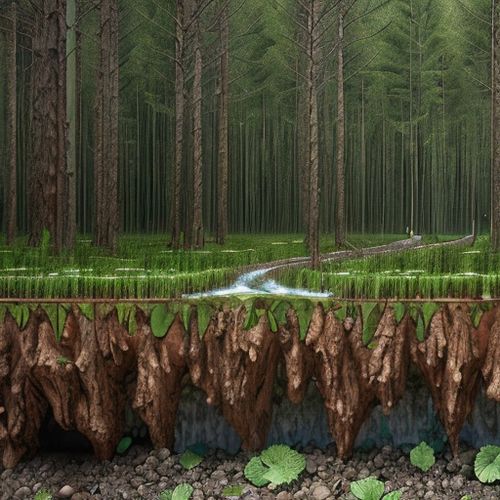
By Emily Johnson/Apr 19, 2025
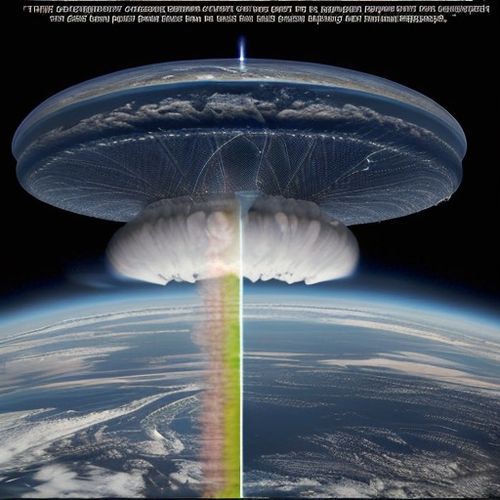
By William Miller/Apr 19, 2025
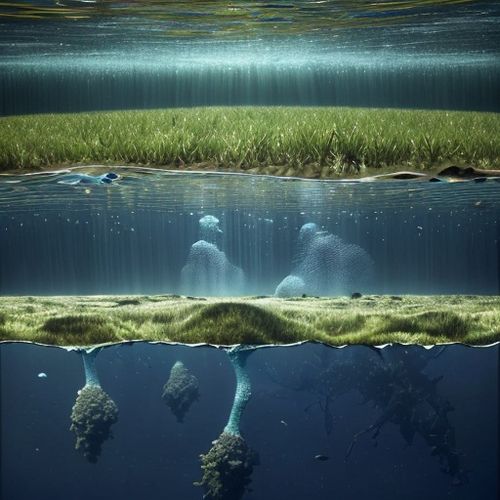
By James Moore/Apr 19, 2025
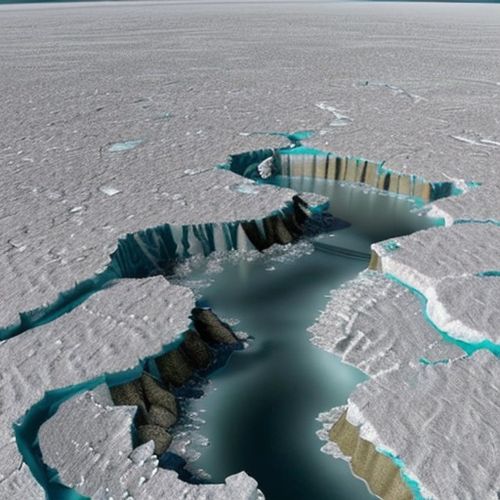
By Joshua Howard/Apr 19, 2025
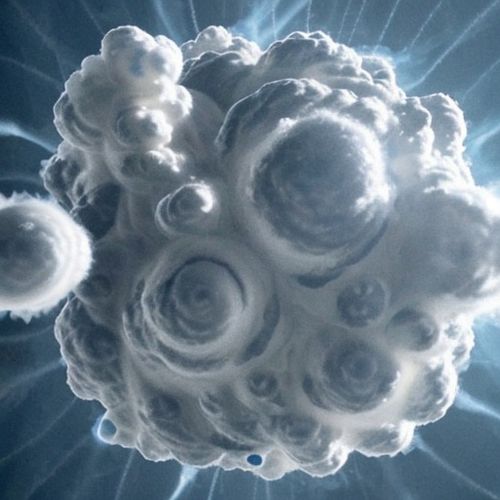
By William Miller/Apr 19, 2025
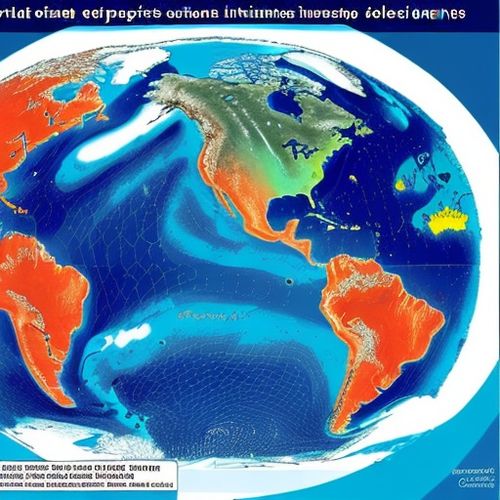
By James Moore/Apr 19, 2025

By Elizabeth Taylor/Apr 19, 2025
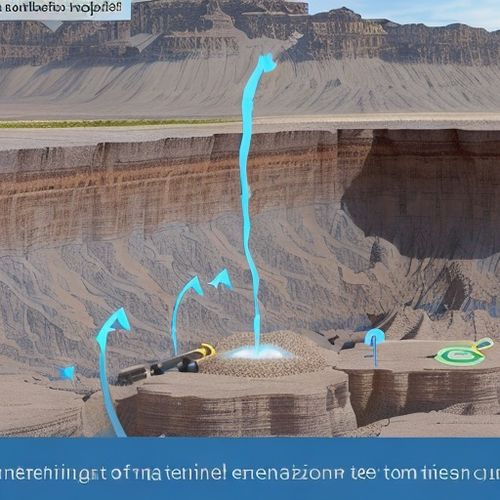
By Grace Cox/Apr 19, 2025
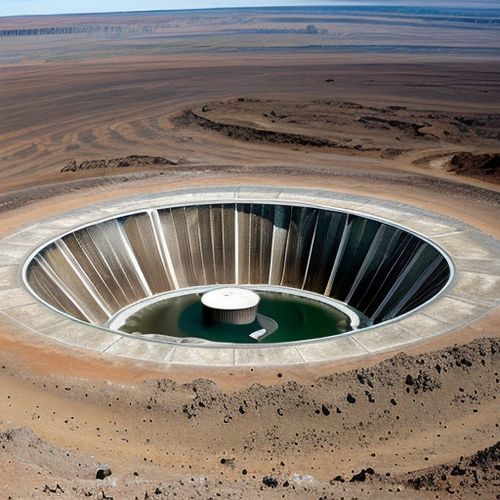
By Grace Cox/Apr 19, 2025
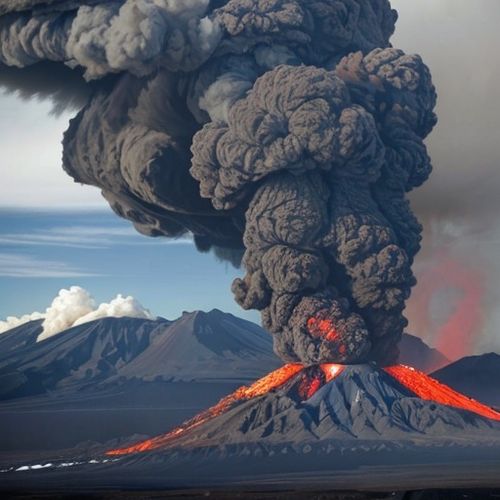
By Joshua Howard/Apr 19, 2025

By David Anderson/Apr 19, 2025